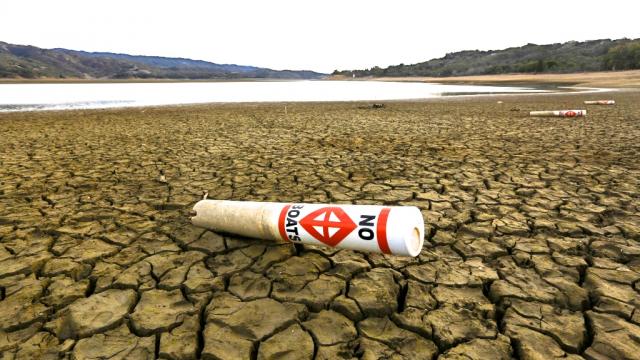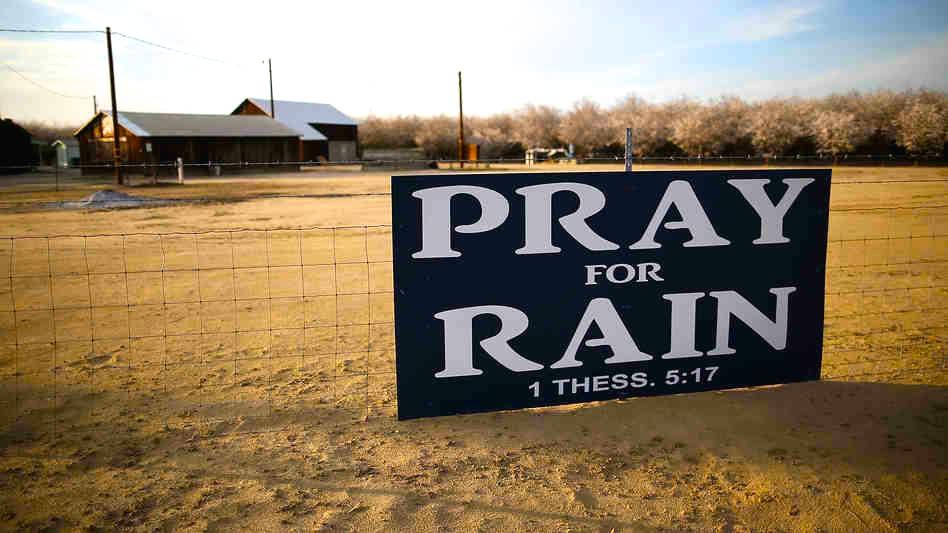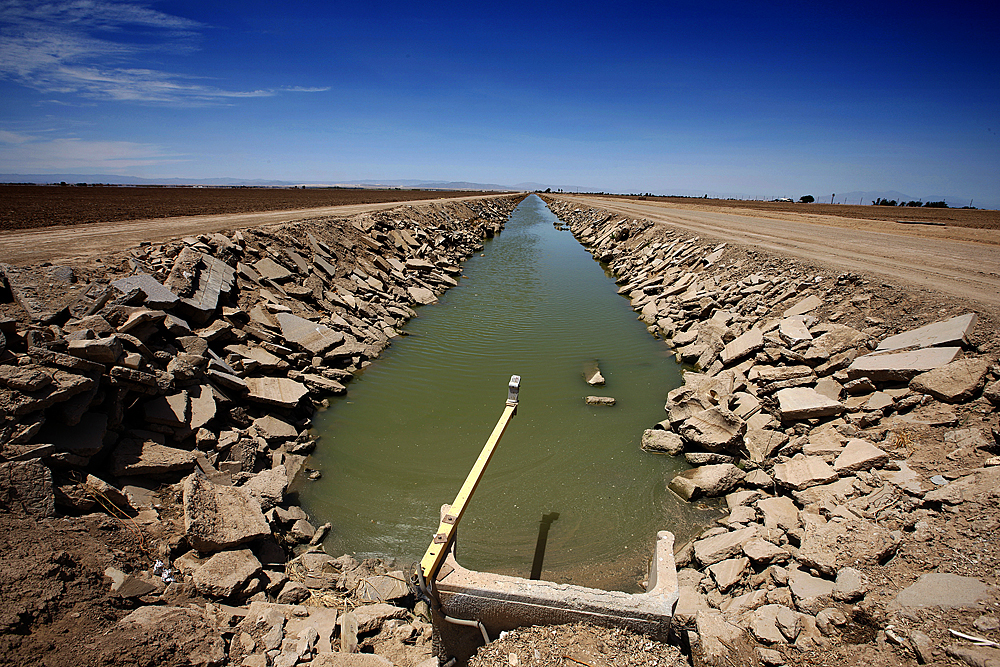
Unfortunately for the 99% not all politics is local. So, too, not all water is local, though California “wateristas,” as one might call them, wish it were.
Granted, rain falls locally almost everywhere, even in deserts, but water begins to move as soon as it hits the ground, flowing into the earth and then as run-off into streams and sewer systems. When it reaches critical mass, it travels hundreds if not thousands of miles, making human, plant and animal life possible on “planet water.”
With climate change – rising ocean levels, melting polar ice caps, along with extreme droughts and floods – the water narrative, both locally and globally, has changed radically in the last decade or so. It’s clearly a finite resource and not free, either, as citizens who pay for it already know. It’s getting more and more finite, too, and that’s not science fiction.
In California, perhaps more than anywhere else in North America, water is pushed around as though it didn’t have a say in the matter. From San Diego and San Francisco to Sacramento and the Sierras, state and local governments dam it, pump it, store it, bank it and ship it from rural to urban areas, mountains to valleys, from county to county and from North to South.
Much of the time, the journey is invisible to citizens, which makes it all the more challenging to understand and difficult to bring about reform. A glass of clean water will probably look transparent; not so the politics of water, which are murky at best. Big agricultural interests and their representatives in government seem to want it to remain invisible and hidden. California is the only state in the U.S. that does not monitor groundwater, thanks to the political clout that corporate farming and the water industry wields.
This year, perhaps for the first time ever, water is apparently traveling uphill – from South to North. The worst drought in recorded history has up-ended long-standing traditions and prompted Californians to think seriously before they wash their vehicles, water their lawns and flush their toilets.
And drought conditions are only going to get worse, scientists insist. They’ve got the facts and figures to back up their claims, though not all Californians accept their view of the future in which the human population increases, rain decreases and the whole place begins to look like an outpost on the edge of a vast desert. In part, it already is. Just look at a map. Much of California was built on the edge of the Mojave Desert.

The Water Pioneers
In Sonoma County, an hour north of San Francisco, there’s an active movement to come up with solutions to a water crisis that won’t be going away no matter how many rain dances a shaman and her tribe perform. As counties go, Sonoma is water rich – though much of that water feeds the wine economy. Moreover, the area has an abundance of citizens who like to think of themselves as pioneers in almost every field, from organic farming and farm workers rights to hydrological literacy and conservation hydrology.
Brock Dolman is one of those pioneers and as adept at reading water in all its incarnations as anyone else in Sonoma. “California is probably the most hydrologically modified place on the planet,” he tells me in the water deprived town of Occidental where he works as the director of the Water Institute and as the co-director of the Wildlands Biodiversity Program.
“The water wars are just heating up,” Dolman continues. “As Mark Twain used to say, ‘whiskey is for drinking, water is for fighting.’ In California, water flows in the direction of money. It’s also connected to everyone in the state: citizens with money and those without; outlaw marijuana growers in Humboldt who suck streams dry; city dwellers who dump urban drool down their drains; and shitty rural vineyard people like our very own Paul Hobbs.”
Dolman has water on the brain most of his waking hours; watersheds are near the top of his list of places to preserve. Over the last decade or so, he’s helped to educate and train more than 150 people from forty different watersheds across the state of California on the ecology and the sociology of water. At the Water Institute, he provides information about catching and storing rainwater and mitigating the dangers from flooding. He also offers techniques for filtering water.
These days, he says he’s plotting to mimic the beaver — their dams are less destructive of the environment than the man-made variety — and recover and restore the endangered Coho salmon population.
“Sonoma County has more wells on private property than any other place in California, except for San Joaquin in the Central Valley,” he tells me. [Others say Fresno has the most wells of any county.] “If you’re not working with the individual land owners you’re not working on the water issue. We have got to be strategically minded if we mean to solve the problems confronting us and survive as a society.”
Dolman’s words are slowly beginning to sink in. Californians notoriously adopt water saving methods when there’s a drought and quickly forget them when there’s heavy rainfall. This time there’s little room for forgetfulness.
Gary Snyder, the Beat poet, Pulitzer Prize winner and long time California environmentalist, has also had water on the brain for most of his adult life. He had it on his mind when he wrote to Wendell Berry, the Kentucky farmer, novelist and environmentalist. “The drought here is getting scary,” Snyder explained. “Next summer may be a major agricultural disaster for California.” That letter, just published in a collection of letters entitled "Distant Neighbors," is dated January 21, 1977.
Thirty-seven years later, the drought is as scary as ever; thirty-seven years later, farmers are worried about the next agricultural disaster. In the Central Valley, they blame the drought on big government and they’re fighting mad. Droughts are not always disasters, however, though farmers usually think so. Sometimes they bring life itself into the open.
In 1977, Snyder — who sees himself as a hunter and gatherer not a farmer — noted that the absence of water in the Sierras had prompted a large herd of deer to come and drink water on his own land. “The little pond is the only free water for miles,” he told Berry. “I’m looking at two of them through my window right now.”
Jonah Raskin is a professor emeritus at Sonoma State University and the author of numerous books including, most recently,Marijuanaland: Dispatches From An American War and Field Days: A Year of Farming, Eating and Drinking Wine in California. This is the first in a series of articles about water in California.
3 WAYS TO SHOW YOUR SUPPORT
- Log in to post comments












